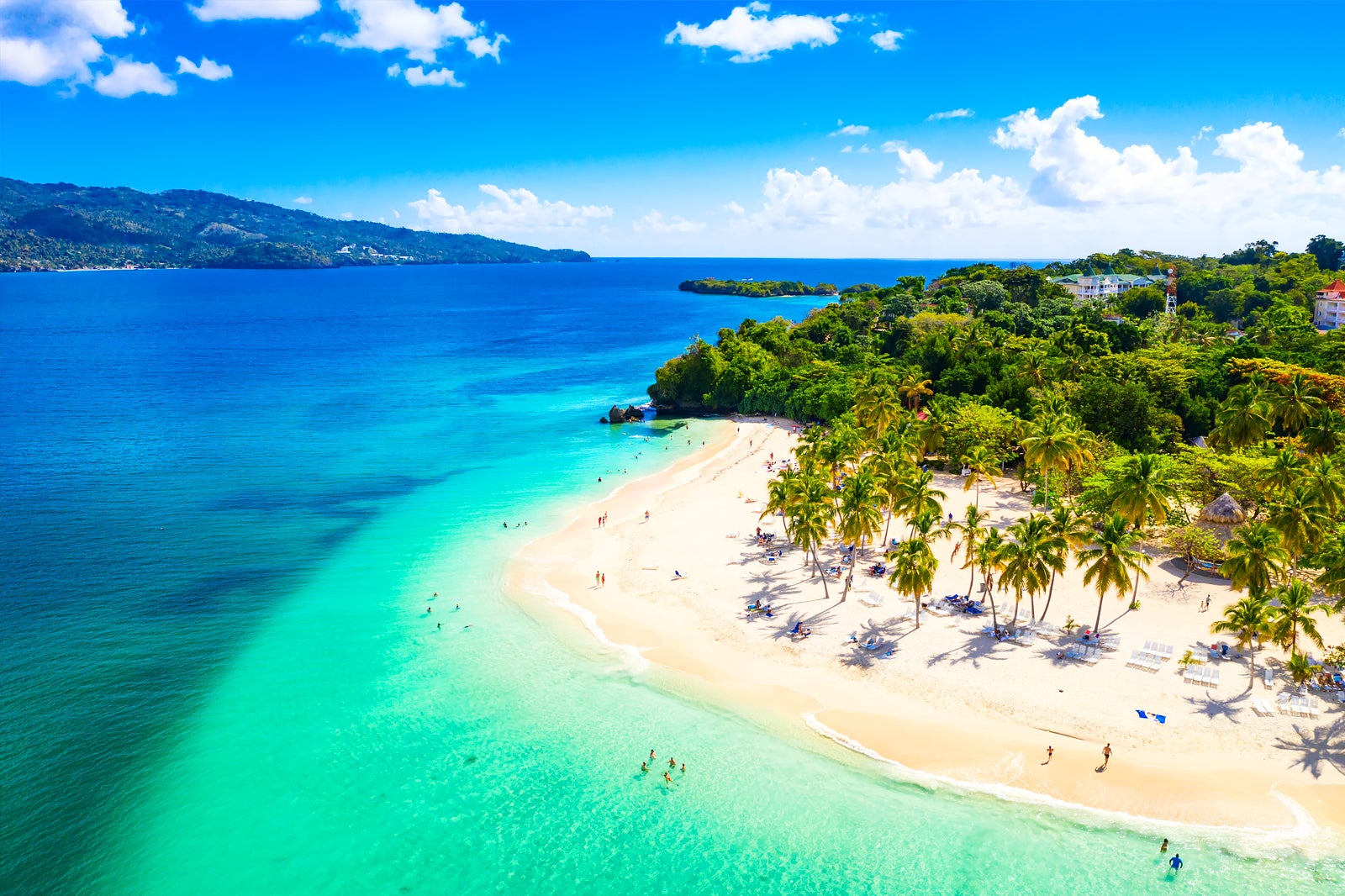
The Dominican Republic is well-known for its beaches, but the Caribbean paradise offers much more than that. From its magnificent cities to its rough interior, it is a location that will never cease to surprise you. If you enjoy food and drink, the island boasts a diverse cuisine and some of the world’s top rums.
1. Colonial Zone, Santo Domingo
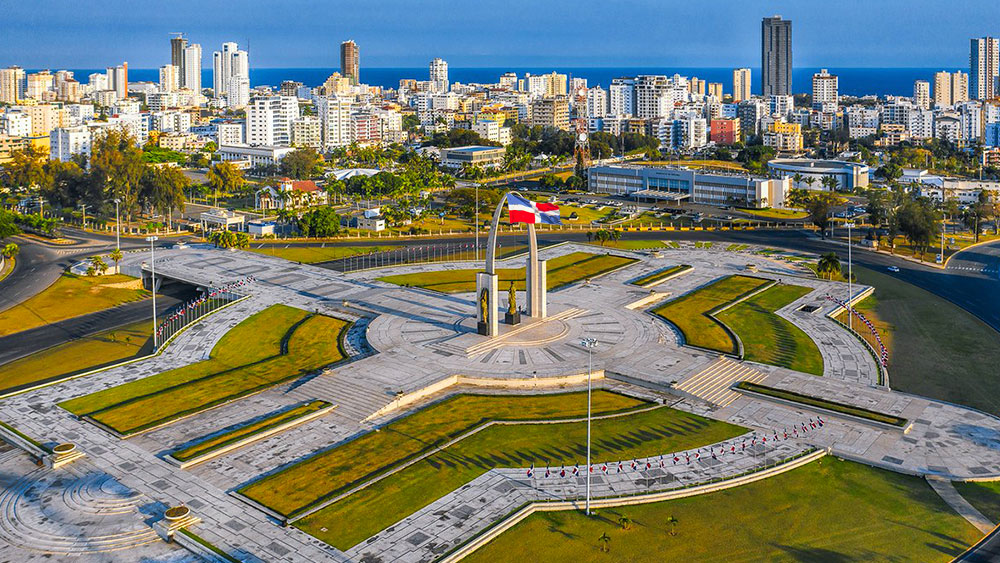
Santo Domingo is the country’s capital. It was also the first city established by the Spanish in the Americas, with the first cathedral, fortification, and university.
2. Pico Duarte

Pico Duarte is the Caribbean’s tallest mountain, with a current elevation of 3,087m/10,128ft (as opposed to the previous estimate of 3,187m/10,456ft, which is still on most maps today). Hiking up it is one of the most enjoyable experiences on the island. On your way to the top, you will pass through numerous different habitats, with the forest transitioning from rainforest to pine forest as you ascend.
There are also many birds, flowers, and butterflies, and the scenery is breathtaking. The trip to the top of Pico Duarte is not for the faint of heart: you must employ dependable guides and prepare for a difficult hike in temperatures that can drop below freezing at night.
3. Lake Enriquillo

Lying well below sea level, this large lake supports an abundance of wildlife, including flocks of pink flamingos.
4. Beaches

The Dominican Republic is home to some of the best beaches in the world.
5. Caberete
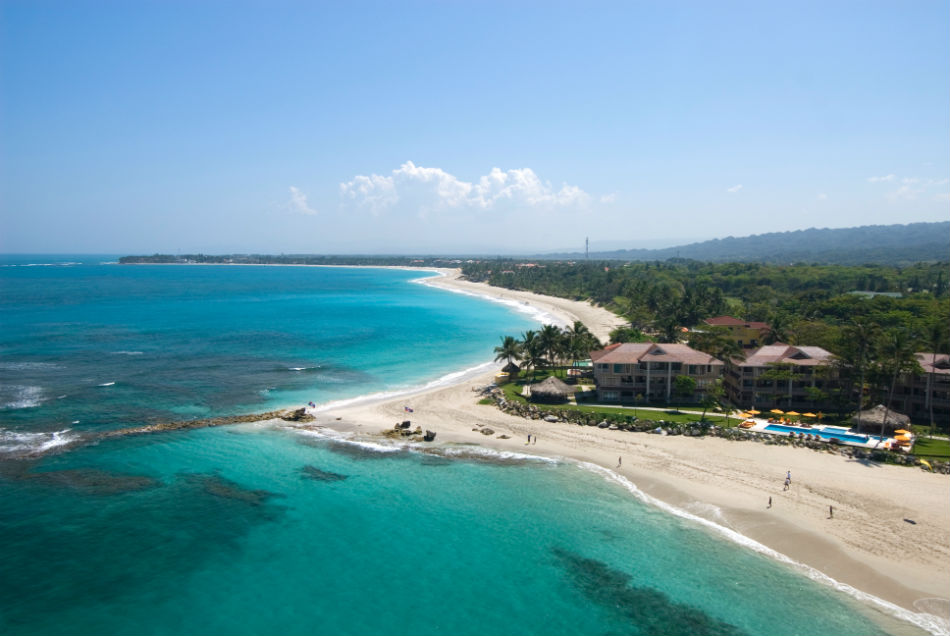
Conditions here are ideal for windsurfing, and there is plenty more to do in this north coast town.
6. Wildlife
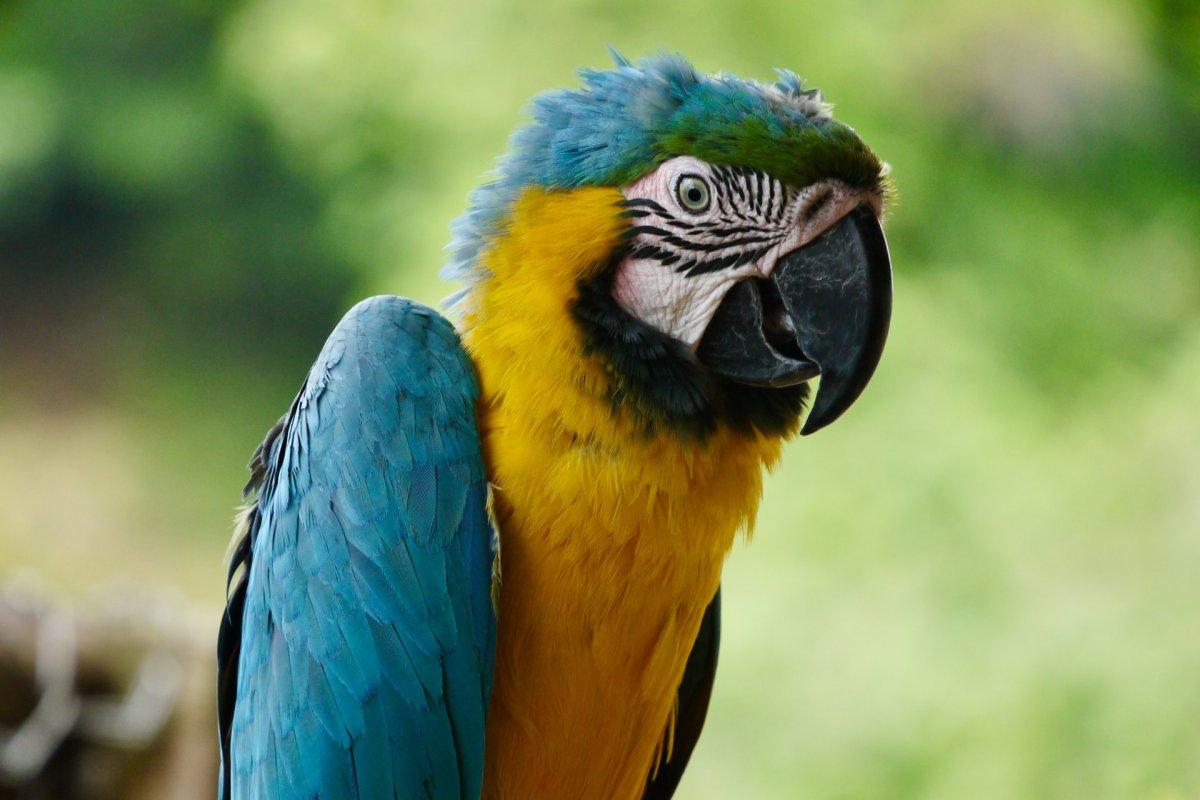
The country boasts a rich variety of flora and fauna, from tropical flowers and butterflies to reptiles such as the rhinoceros iguana, found in the Parque Nacional Jaragua.
7. Whale watching
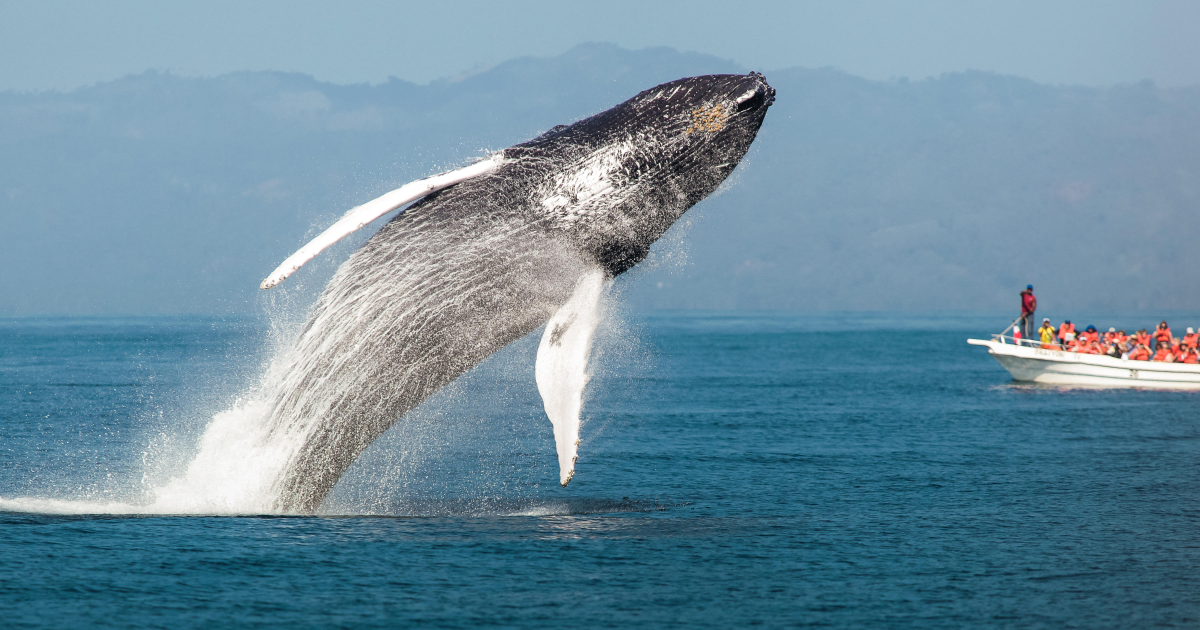
From January to March, whale watching is the highlight of any vacation to the Samaná Peninsula. Approximately 3,000 humpback whales migrate from the north to mate and calve in Bahía de Samaná, a National Marine Mammal Sanctuary.
Watching these massive creatures is awe-inspiring, with young males demonstrating their acrobatic abilities and mothers with calves gliding gently around near the surface. This is one of the best spots in the world for whale viewing, with boats that are strictly monitored and arranged to avoid disturbing the whales’ activity. On dry land, Punta Balandra houses a whale-watching observatory.
8. Jarabacoa

Jarabacoa, which lies in an area known as the Dominican Alps, is the centre of adventure tourism, offering excellent hiking, riding, biking and river sports. People come here before climbing Pico Duarte or other hikes into the National Parks. Pine forests cling to the hillsides around the town and there are several rivers flowing into one another – on these and their tributaries you can go river rafting, tubing, canyoning and kayaking.
9. Los Haitises National Park

Los Haitises National Park’s 208 square kilometers (80 square miles) of unoccupied wilderness includes red, black, and white mangroves, a nursery for aquatic and avian life, and a significant amount of humid subtropical forest. The park’s distinguishing feature is the number of mogotes, which are flat-topped hills formed by the uplifting and subsequent erosion of the limestone bedrock, several of which loom sheer-sided up out of the sea and provide a spectacular habitat for frigate birds and rey congo (black-crowned night herons).
The Taínos people used limestone caves for shelter, leaving behind designs and carvings visible with a flashlight. There are no roads in the park, so visitors must arrive by boat from Sabana de la Mar, Sánchez, or Samaná.
10. León Jiménez Cigar Factory

The León Jiménez cigar factory, located on the outskirts of Santiago de los Caballeros, the Dominican Republic’s second city, marked its century in 2003. Even if you don’t smoke, it’s intriguing to take a tour of this sophisticated facility and witness the hall where cigars are still handmade.
Each worker is assigned a daily objective of 100 cigars. Alongside is the new Centro Cultural Eduardo León Jiménez, the premier exhibition of Dominican culture on the north coast, if not the entire country.
11. Altos de Chavón
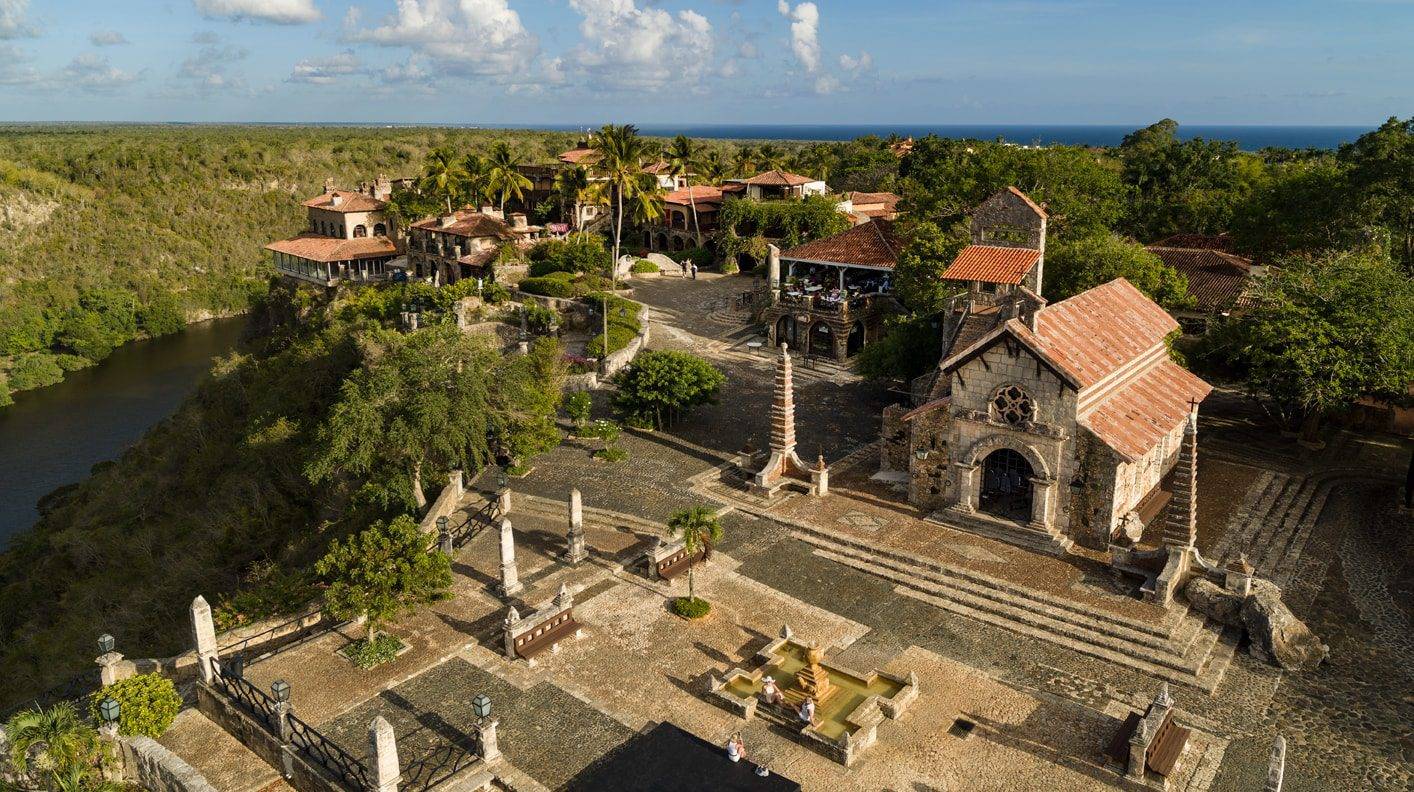
Altos de Chavón is the epitome of folly. An Italian filmmaker designed the fake, imitation Italian artists’ village, which situated on the western edge of the River Chavón canyon. The hilltop site is breathtaking and is commonly utilized for wedding picture sessions outside the church of St Stanislaus, which was erected in 1979 and blessed by Pope John Paul II.
Surprisingly, it contains the ashes of Poland’s patron saint, as well as a Kraków-based statue. The village boasts a huge amphitheatre, which has hosted performances by Frank Sinatra, Julio Iglesias, and Gloria Estefan.
